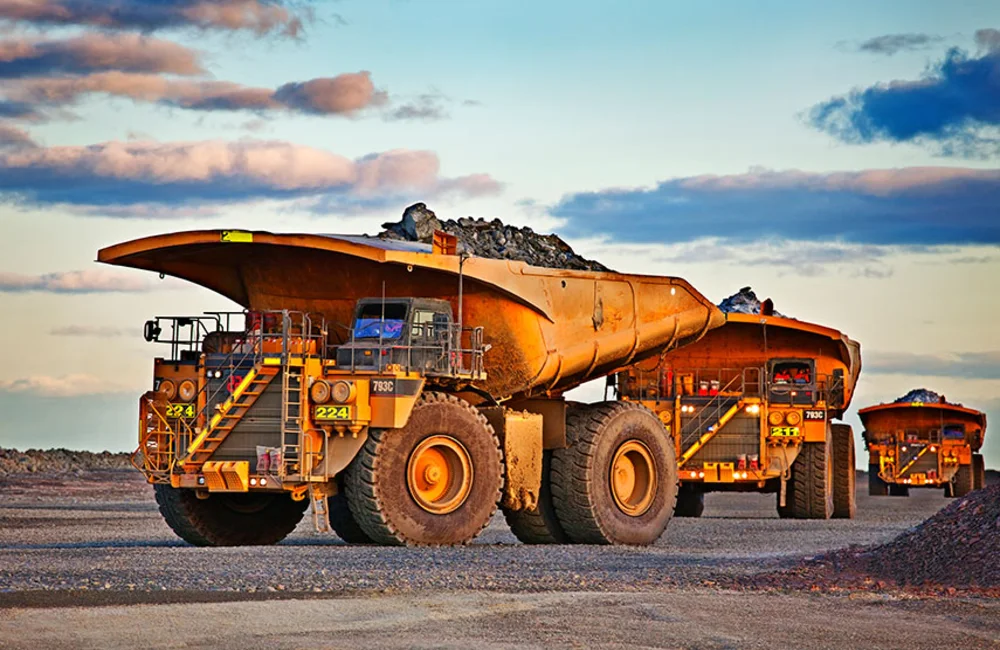Geopolitical tensions keep cranking up. This year there are several geopolitical stressors around the world that will likely be destabilising in the year to come, from Russia/Ukraine to Israel/Gaza to China/USA.
The conflict in the Middle East is now threatening to spread into neighbouring, resource-rich countries, though supply disruptions so far have been limited.
Similarly, without a military conflict, geopolitical tensions create the danger of protectionism in relation to certain commodities, and also of supply chains being disrupted. This is already visible in the Suez Canal, with Houthi rebels bombarding shipping. We believe that natural resources equities may offer an effective way to hedge portfolios against these increasing geopolitical risks.
China’s economic outlook
Given its importance in commodity demand, particularly on the mining side, China is an important area to focus on when investing in mining and metal assets. So far in 2023, the economy’s reopening has disappointed, and data on China’s property market has been particularly weak. So far, we have little evidence that the data is improving.
That said, it does not seem to be getting worse, either. There is also the potential for stimulus from the Chinese government in the year to come. As you are already seeing at the margin, and the government might decide to make it even more if the economy weakens further. The robustness of the US economy is, in part, offsetting the weakness in China. We think that the natural resources sector already looks to be pricing in a worse macro backdrop than that of broader equity markets.
Infrastructure spending
Infrastructure spending, especially to support the transition to green energy options, should be a longer-term demand driver for a number of commodities. The transition to renewables also may be a transition to an energy system based on metals rather than hydrocarbons, with implications for the mining industry.
Certain key commodities are critical in making this transition happen. Offshore wind generation, for instance, is 2.4x more copper-intensive than coal-fired generation and 3.3x more steel-intensive. Supply of many of these commodities remains limited, with mines ageing and relatively few new supply sources. Our faith in the energy transition doesn’t imply we’re bearish on oil, though, as the oil-constrained supply side gave us confidence of a higher-for-longer price in a period.
These may establish structural demand for select mined commodities in the year to come, even if some weakness in global economic growth will not lift all boats. Meanwhile, mining companies are maintaining deep capital disciplines that extend supply constraints in many areas. High dividends and lower valuations have long been a hallmark of the mining sector and we see it as a fertile hunting ground for stockpickers.




















